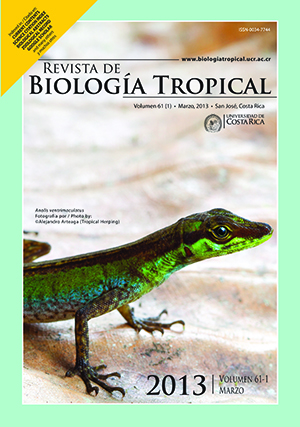Abstract
A large section of the tropical Eastern Pacific coastline is nearly devoid of reef or consolidated habitat, and is known as the Central American Gap as it is associated with a biogeographic transition in fish and invertebrate species. We analyze phylogeographic data for intertidal barnacles (Chthamalus) to identify relevant temporal patterns that describe the origins of this biogeographic transition (the Mexican-Panamic Transition Zone). These contrasts of populations on either side of the transition zone include two pairs of closely related species (C. panamensis and C. hedgecocki; C. southwardorum and a Southern form of C. southwardorum), as well as gene flow data within one species (C. panamensis) that currently is found on both sides of the boundary between provinces. Using sequence data from a prior phylogenetic study, we used traditional (net nucleotide divergence) measures as well as coalescent analyses that incorporate the isolation-migration model to identify the likely time of separation between Northern and Southern taxa in two species pairs. A total of 67 individuals were sequenced at two mitochondrial (cytochrome c oxidase I, 16S) and one nuclear (elongation factor 1-alpha) gene regions. Our analyses indicate that the regional isolation of these intertidal barnacles occurred approximately 315-400kya, with subsequent expansion of C. panamensis from the Southern region into the North much more recently. There are insufficient survey data to conclusively document the absence of species from this group within the Central American Gap region near the Gulf of Tehuantepec. However, appropriate habitat is quite sparse in this region and other environmental factors, including upwelling and water temperature, are likely to be associated with isolation of many species in the Mexican and Panamic provinces sensu stricto. Some taxa may maintain gene flow across this region, but very few genetic studies have been completed on such taxa. Until further work is done, distinguishing between prior hypotheses of a faunal gap, or a faunal transition zone, is somewhat speculative. Additional taxonomic revision will be necessary in Chthamalus but is beyond the scope of this paper.Downloads
Download data is not yet available.

